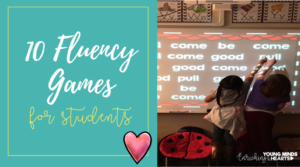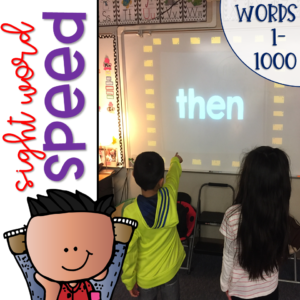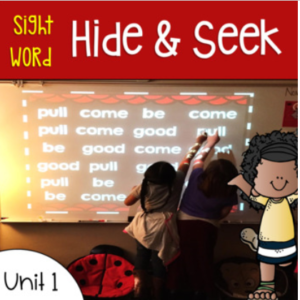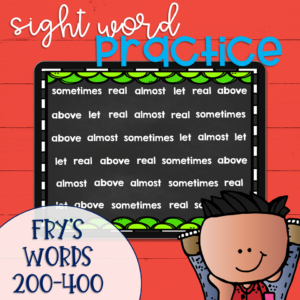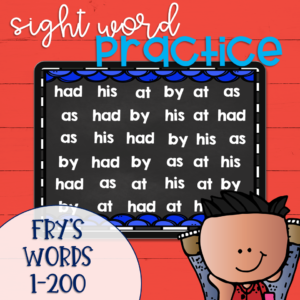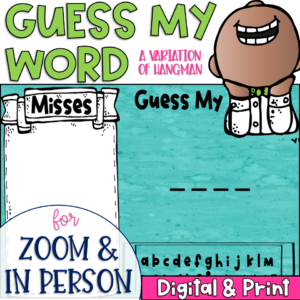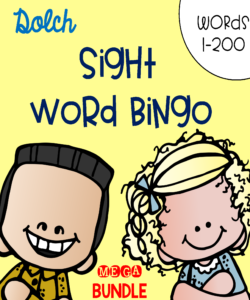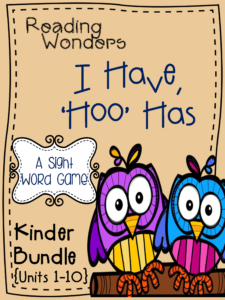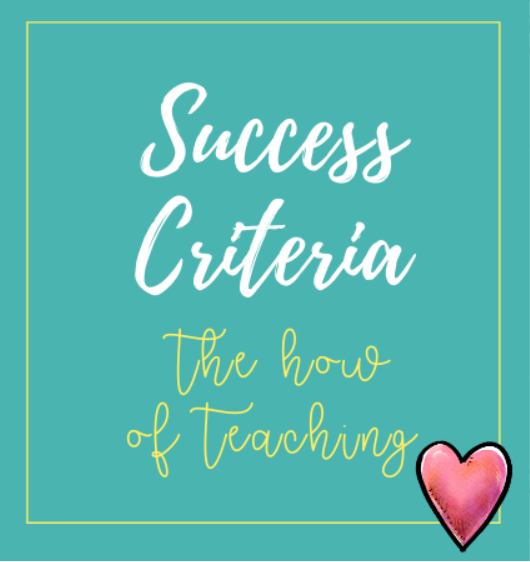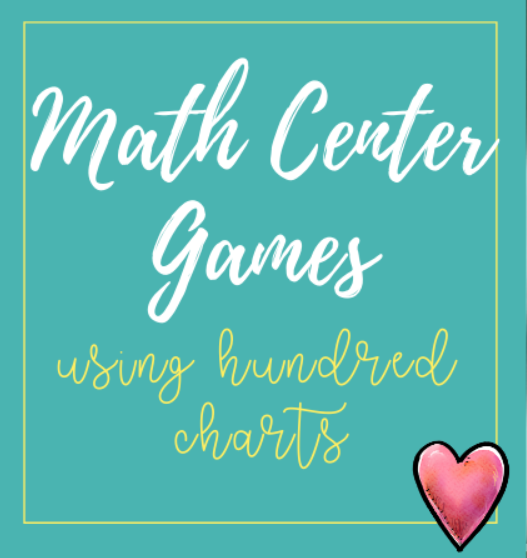Kids want to have fun. All day, all night. Inside or outside. Clean or dirty. Loud or quiet. Life simply needs to be fun. That’s where games come in! Here is a peek at some of the many engaging fluency games that students can play at school (and home) to help become fluent in each subject area.
Reading Fluency Games
Flashlight, Flashlight
This fun little chant is great for younger students, and will keep them excited and engaged. It works best whole class since the lights will be off.
Materials Needed: A flashlight
Directions: Turn the lights off, and turn the flashlight on. When your students are finished singing the chant below, shine your flashlight on a word that is posted somewhere in your room, and have your students read it.
Chant: Flashlight, flashlight oh so bright.
Shine on a word with your light!
Modifications: Give control of the flashlight to your students. Students LOVE to ‘be in charge’. Allow them to shine the flashlight on different words. You can even have them choose who goes next.
Guess The Word
This game is fun for any age and really hones in on comprehension. It can be done whole class or in small group.
Materials Needed: Sticky notes, a story (preferrably a big book if done whole class)
Directions: Choose a book that you will be reading with your students. Cover a word or two on each page with a sticky note. Have your students guess what the word is when you come to each sticky note.
Modifications: Start with easy, predictable words to build success and confidence. Vary the number of words you cover up depending on the age and reading ability of students you are working with.
Side Note: In case you are up-to-date on the science of reading, this activity is not meant to be used as a reading strategy. It is just a fun way to practice comprehension as a game.
Speed
This game is great for fluency, and your students who are competitive will love it! Don’t worry, there are ways to make it non-competitive, which are outlined below.
Materials Needed: A set of word cards (Words written on index cards works great for small group. Words shone onto the wall with the projector works best for whole group.)
Directions for the head-to-head version (competitve version): Split students into two groups, and have them form two lines. The students at the head of each line go head-to-head to be the first one to read the word correctly. The student who reads it correctly earns a point for their team, and then goes to the end of their line. The next students at the front of the line take their turn. Play continues to until all words are done.
Directions for the team version (competitive, but less daunting): Split students into groups, and have them sit together. Show the word to be read and the first team to get it correct gets a point. Your choice on how they signal they know the word (shout it out, raise their hand, ring a buzzer or bell…etc.). The team who answers it correctly first gets a point.
Directions for the team version (non-competitive version): Split students into groups, and have them sit together. Alternate between groups to have each group read the word as fast as they can.
Modifications: This can be done during small group instruction. Modify the words based on the groups of students you are working with, to give them words that are at their developmental level. Students can all go independently, in pairs or altogether.
Hide and Seek
Another great game for fluency, and just like the game of Speed, there are ways to make it non-competitive.
Materials Needed: A large group of words (click on the image below for an example)
Directions for the head-to-head version (competitve version): Split students into two groups, and have them form two lines. The students at the head of each line go head-to-head to be the first one to seek the given word hidden in the group of words. The student who finds it first earns a point for their team, and then goes to the end of their line. The next students at the front of the line take their turn. Play continues to until all words are done.
Directions for the non-competitive version: Have students come up one by one or in pairs to find the hidden word. The whole group cheers for them when they find the word.
Modifications: If the word they are seeking is in the group more than once, you can have them find it two, three, four…etc. times.
Spelling Fluency Games
Guess My Word
A more appropriate version of the game Hangman, this game allows students to practice spelling words in a more engaging way than the typical (and sometimes boring) repeated practice.
Materials Needed: A whiteboard (or chart paper) and a marker
Directions: Choose someone to go first. If you are working with younger students, I would suggest having you go first for the first few times so that the students can get the hang of the game. Once the students start taking their own turns, you can give them a cool name like the trickster or something similar to create buy-in.
The ‘trickster’ thinks of a word and writes a dash for each letter in that word. For littles, I would suggest a word that is written on the word wall or somewhere around the room so that the students playing have a visual to look at when guessing letters and words. The ‘trickster’ then calls on students one by one to guess a letter. If the letter called is not in the word, the ‘trickster’ writes it off to the side so that the letter is not called again. If the letter is in the word, the trickster writes it on the corresponding line. The student called on then gets a set amount of time to guess the word. If they are correct, they get to be the next ‘trickster’.
Side Note: Unlike Hangman, there are no penalties for wrong letters, and the students get as many chances to guess the word.
Find A Partner
This matching game gets students up and moving around. Great for brain or movement breaks.
Materials Needed: Picture Cards, Word Cards that Match the Picture Cards
Directions: Mix up your picture and word cards. Hand them out to your students. On go, have the students find their partner; the person who has the match of the picture with the correct spelling of that word.
Modifications: This game can be played with just word cards. Students can match words that are similar, but spelled differently (there, their; two, too), match a word with how it is broken into syllables…etc.
Math Fluency Games
War
In a sea of math card fluency games, I had a hard time choosing which one to write about. Seriously. There are a million and one different card games for students to play for math fluency. Now that I think about it, I should devote a whole blog post to it. For now, here is one of my favorites.
Materials Needed: Decks of Cards
Directions: Students grab a partner, shuffle the deck and divide the cards evenly between the two of them. They each flip over their top card to see which person has the greater value. That person wins both cards. Play repeats until all of the cards in each of their decks are gone.
Modifications: My favorite part about this game is that there are SO.MANY.DIFFERENT.WAYS to modify this game based on student’s developmental levels. They can play:
- Double War: Students flip over their top two cards. They add them together and the person with the highest value wins all four cards.
- Triple War: Students flip over their top three cards. They add them together and the person with the highest value wins all four cards.
- Multiplication War: Students flip over their top two cards. They multiply them together and the person with the highest value wins all four cards.
Around the World
This fun fluency game is great for those who are competitive. For those who aren’t, I am again showing a way to make it non-competitive, but still fun.
Materials Needed: Math Fact Flashcards
Directions for head-to-head (competitive version): Students sit at their desks or sit/stand in a circle. After deciding who goes first, two students go head-to-head to answer the math fact flashcard. The winner goes to the next student, and the other student sits down in the spot they battled. Play continues until one student has gone ‘around the world’ beating all students in the class.
Directions for the non-competitive version: Give the class a target (a total amount of points to reach; let’s say 30). Go around the class, showing each student a flashcard. With every correct answer, the class receives a point. Once they reach the desired total, they all win. This way there is no head-to-head, no stress with having to be super quick, and the students can feel more confident with coming up with the correct answer without feeling rushed.
Modifications: Students can play in partners. Each set would go head-to-head with another set of partners. You can be intentional to match shy or reluctant students up with outgoing or enthusiastic students to help relieve stress or anxiety.
Review Games
Bingo
This is a classic. I am sure I could just leave this title and move on. BUT, there are so many different ways to use it for review. It can be teacher-led or student-led (my favorite part), so I will focus on that.
Materials Needed: Paper with square grids (3×3, 4×4, 5×5), markers to cover the spaces (counters, cubes, coins, cereal…etc.)
Directions for the Teacher-Led Version: I would search the Internet for bingo boards that are already filled in pertaining to the skill that your students are reviewing (making your own takes a LOT of time). Pass out the boards and markers, start calling the clues, and when a student has BINGO (3, 4, or 5 in a row), they shout, BINGO!
Directions for the Student-Led Version: Students grab a blank board (using a laminated one works great as they can be used over and over again with whiteboard markers and erasers). Have the students fill in the skill you are working on, in whatever order they want. For example: If you are working on sight words, the students would write the words randomly on their board. If you are working on multiplication, students would write multiplication facts (3×6, 4×8…etc.) randomly on their board. Once all students are done, you can start the game. If you want it to be fully student-led, students can pass out all of the materials and one of your students can also be the caller!
Modifications: Students can work in partners to help struggling students. For enrichment, you can use harder sets of words or equations.
I Have, Who Has
This game keeps students engaged and on their toes when reviewing a concept because they will never know when it will be their turn!
Materials Needed: I would look up sets of I Have, Who Has games that are premade based on the skill you are reviewing (or click on the picture below to see an example to create your own).
Directions: The student with the starter card says: “I have _____, who has _____?” The student who has what the first student said stands up and says what they have and calls the next. It continues until all students have had a turn. For example (multiplication review): “I have 8, who has 6×4?” “I have 24, who has 3×5?” “I have 15, who has 8×8?” For example (sight word review): “I have the, who has said?” “I have said, who has there?” “I have there, who has and?”
Modifications: Students can work in partners to help struggling students.

